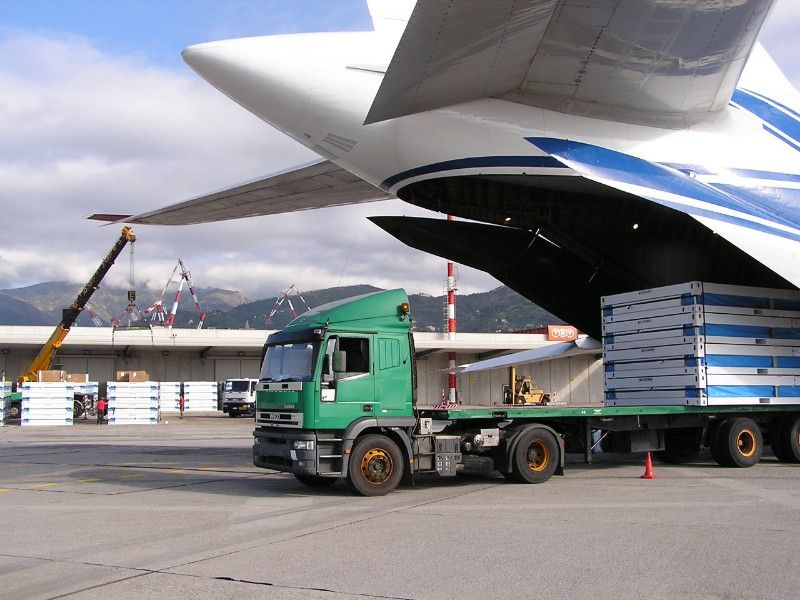The administration of President Joe Biden has yet to comment publicly on China‘s compliance with the Phase One deal since it expired, nor has it outlined how future bilateral economic and trade negotiations may be managed, the US-China Economic and Security Review Commission (USCC) notes.
The Phase One agreement was agreed on December 13, 2019 and signed on January 15, 2020.
Under this agreement, the United States could choose to apply new tariffs or restore those that were lowered as part of the deal to force additional purchases from China or take additional action on structural issues, such as forced technology transfer.
In particular, Katherine Tai, US Trade Representative, has acknowledged that the Phase One deal «did not meaningfully address the fundamental concerns [the United States] has with China’s trade practices,” but also observes the agreement will serve as the “architecture” of the bilateral economic relationship moving forward.
Phase One Agreement
According to an analysis by the Peterson Institute for International Economics (PIIE), this deal was a “failure,” but the Biden administration was not to blame, as China was never on track to meet its purchase commitments. .
At the end of June 2020, purchases from China represented only 54% of the target; reached 59% of the year-end commitment for 2020.
China was never able to catch up as the deal was delayed, with additional purchase commitments for 2021 being more than 60% higher than in 2020.
In the end, China stopped importing an additional $200 billion in purchases from the United States that it had promised in the Phase One deal.
For the PIIE, in addition to the unrealistic $200 billion target, 18 months of escalating trade war tariffs designed to decouple the two economies meant America’s goods exporters started from a hole.
They would first have to reestablish connections with Chinese buyers to get out of the 2019 low ($13.6 billion less than the 2017 deal benchmark) before cutting the additional $200 billion.
China ended up buying none of the extra $200 billion of US exports it had promised to buy. (At Davos, just a week after he signed it, Trump boasted that the deal «could be closer to $300 billion when it’s done.»)
![]()

